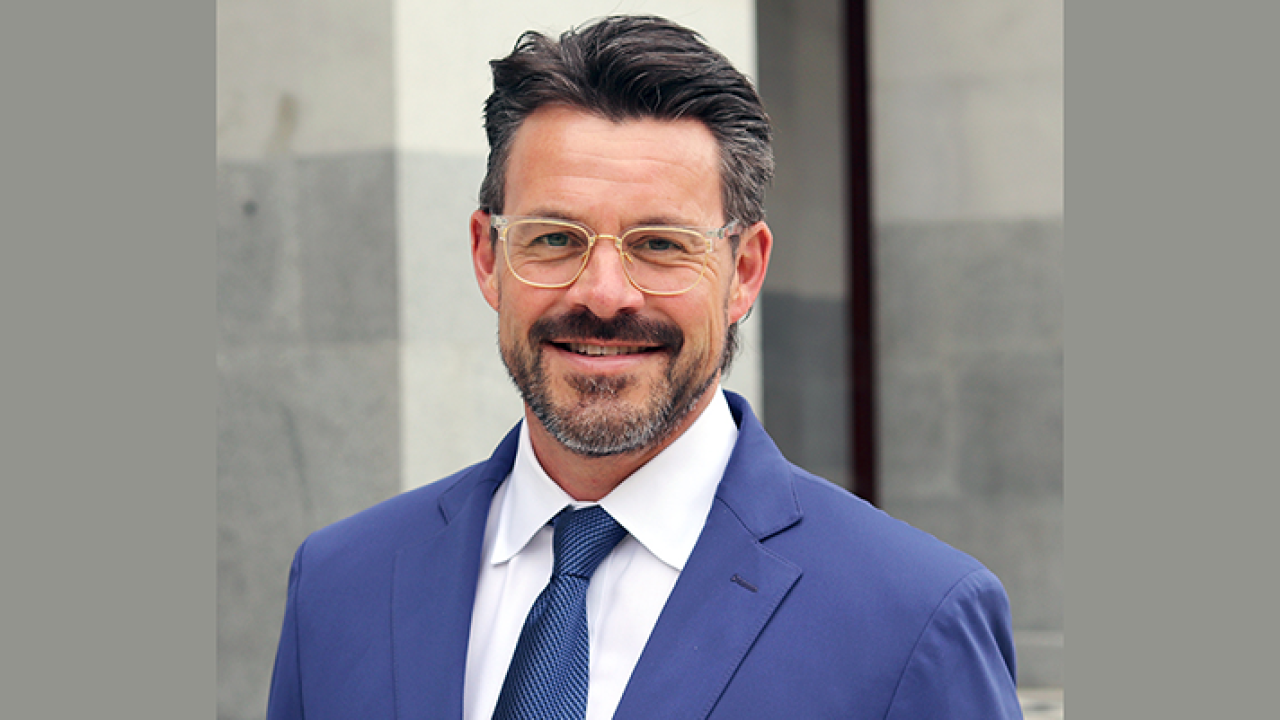States with general funds and reserves that are currently flush should take heed of what a natural disaster can do to municipal finances, as Washington, New Mexico, and California are all trying to keep their budgets intact after suffering from wildfires that have become more frequent and devasting.
On Wednesday, the U.S. Senate Budget Committee conducted a hearing to explore the economic costs of wildfires. The potential impact of a natural disaster to a small municipality was brought into clear focus by Veronica Serna, a Mora County, New Mexico county commissioner.
"Mora County is a one of the poorest counties in New Mexico," said Serna. "We operate on a budget of just over $2 million. Responding to this fire when it first broke really dipped into that budget." The complex nature of sending financial aid from the federal government to the state complicated the situation, she said.

"The reimbursements from FEMA (Federal Emergency Management Agency) have not yet come in," said Serna, "I'm not sure when that will happen. We're almost we're halfway through our fiscal budget this year and it's beginning to take a toll on us."
FEMA doesn't make things whole as their grants to state and municipalities only reimburse 75% of the costs for spending on mitigation or disaster recovery.
The committee hashed over wildfire causes and remedies including climate change, improved work force training, better land management and controlled or prescribed burns. The Hermits Peak and Calf Canyon Fire that laid siege to Mora County burned over 340,000 acres. It raged from early April to late June 2022 and began as a prescribed burn that got out of hand.
California has been especially hard hit with an estimated $240 billion of the $3.9 trillion outstanding muni debt exposed to significant
"We are already seeing that the cost of wildfire suppression will outpace where we thought we would be in 2018 when we secured a bipartisan wildfire funding fix as part of our spending bill," said Senator Patty Murray, D-Wash. "That fire fix was a bipartisan solution to end the untenable fire borrowing cycle that took away money from forest management activities to fight wildfires. We can and we have to update the cap adjustment for fire well ahead of the expiration date."
In a widely referenced and extensive
"States most commonly draw on general fund revenue for wildfire activities and often pay upfront for these costs while awaiting reimbursement from other levels of government," Pew found. "States primarily use backward-looking estimates based on past suppression costs to decide how much funding to allocate for these expenses."
The report highlights the vexing notion that a government entity is responsible for suppressing fires that begin on its land even if it spreads across lines on the map. The federal government owns 28% of land in the country.
According to the Department of the Interior's





